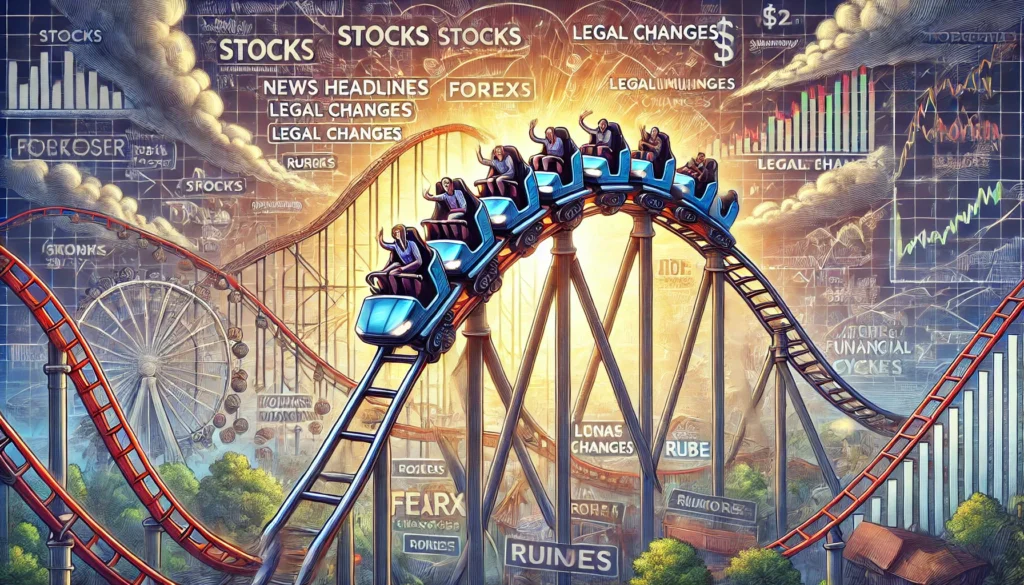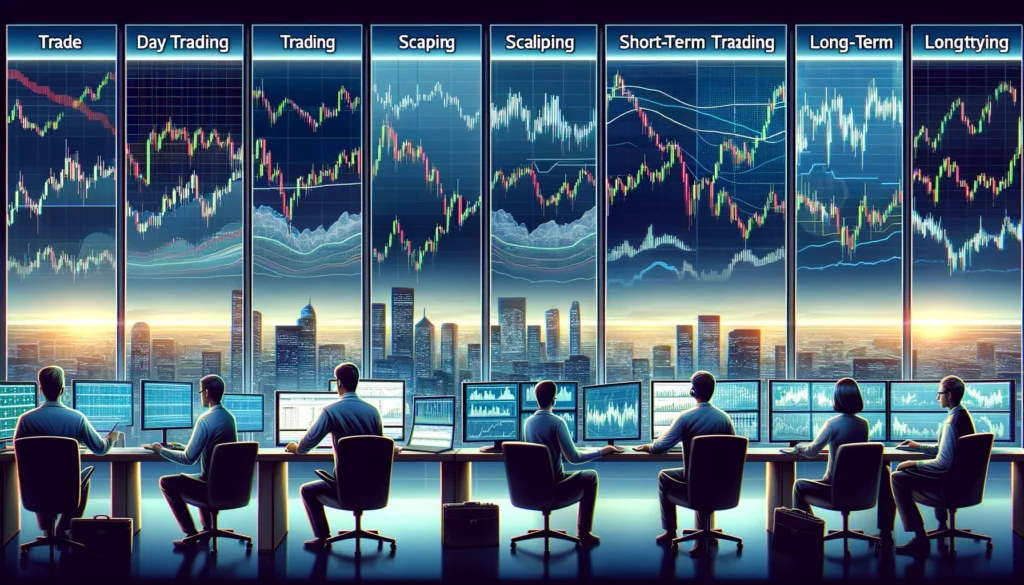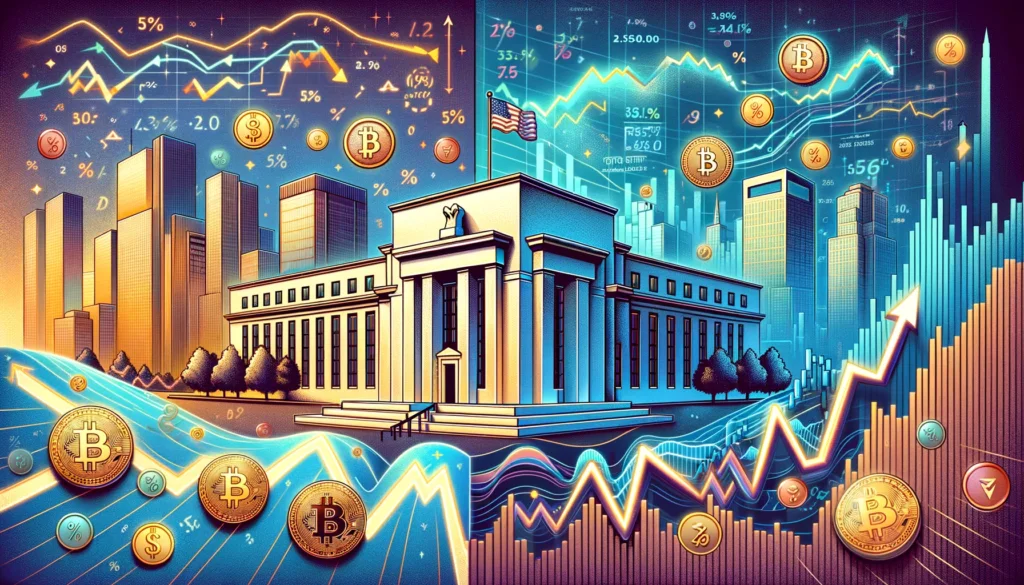Victory Beyond Fear? Understanding the Fear and Greed Index

Imagine you’re at an amusement park, standing in line for a roller coaster. As the ride begins, the car climbs slowly to great heights, and then suddenly plunges back down at breakneck speed. The feelings of anticipation and fear are palpable. This roller coaster ride is a lot like the financial markets: sometimes they’re climbing […]
Profits with Order Blocks: A Guide to Strategic Trading

Imagine you’re at a bustling farmers’ market on a Saturday morning. Each vendor has a unique spot where they sell their goods, and regular customers know exactly where to go to get the best deals. In the world of trading, an “order block” is a bit like these regular vendor spots—it’s a place on a […]
Trading’s Vital Pause: A most forgotten thing

Do you know what a trader miss most in trading? The importance of trading break. Imagine a car running nonstop, day in and day out, without ever turning off the engine. Over time, that car would start to show signs of wear and tear. The engine might overheat, the tires would wear down, and eventually, […]
Riding the Market Waves with RSI

Imagine you’re a surfer, standing on the shore, watching the waves crash and recede. You’re looking for the perfect moment to jump in, catch a wave, and ride it all the way to the shore. In the world of trading, the Relative Strength Index (RSI) is like your surfing guide, helping you identify those perfect […]
Navigating the Financial Seas: A Guide to Day Trading, Scalping, and Beyond

Imagine you’re at a busy farmer’s market. Each vendor and customer is trying to make the best deal possible, whether they’re there for a quick buy or a long-term investment. The world of trading is quite similar, with various strategies tailored to different time frames and market conditions. Understanding these strategies—day trading, scalping, swing trading, […]
How American Interest Rates Drive the Crypto Rollercoaster

Do you ever think why the price of cryptocurrencies, like Bitcoin, seems to be on a wild rollercoaster ride, going up and down with dizzying speed? To understand this, we need to take a closer look at something that might seem unrelated at first: American interest rates. Yes, those numbers set by the Federal Reserve […]
Charting Your Course: The Power of Self SWOT Analysis in Trading

Imagine you’re planning a long road trip across the country. Before hitting the road, you’d probably want to check your car’s engine, fill up the gas tank, and map out your route. This preparation ensures that you’re ready for the journey ahead and can handle any surprises along the way. Entering the world of trading […]
Cryptocurrency: Investment or Trading?

Introduction to Cryptocurrency Choice Many newcomers to the cryptocurrency world dive in without fully understanding whether they should be trading or investing. Often, they mimic the actions of others, making spontaneous decisions that might not suit their long-term financial goals. To make educated choices, it’s crucial to know the differences between trading and investing in […]

